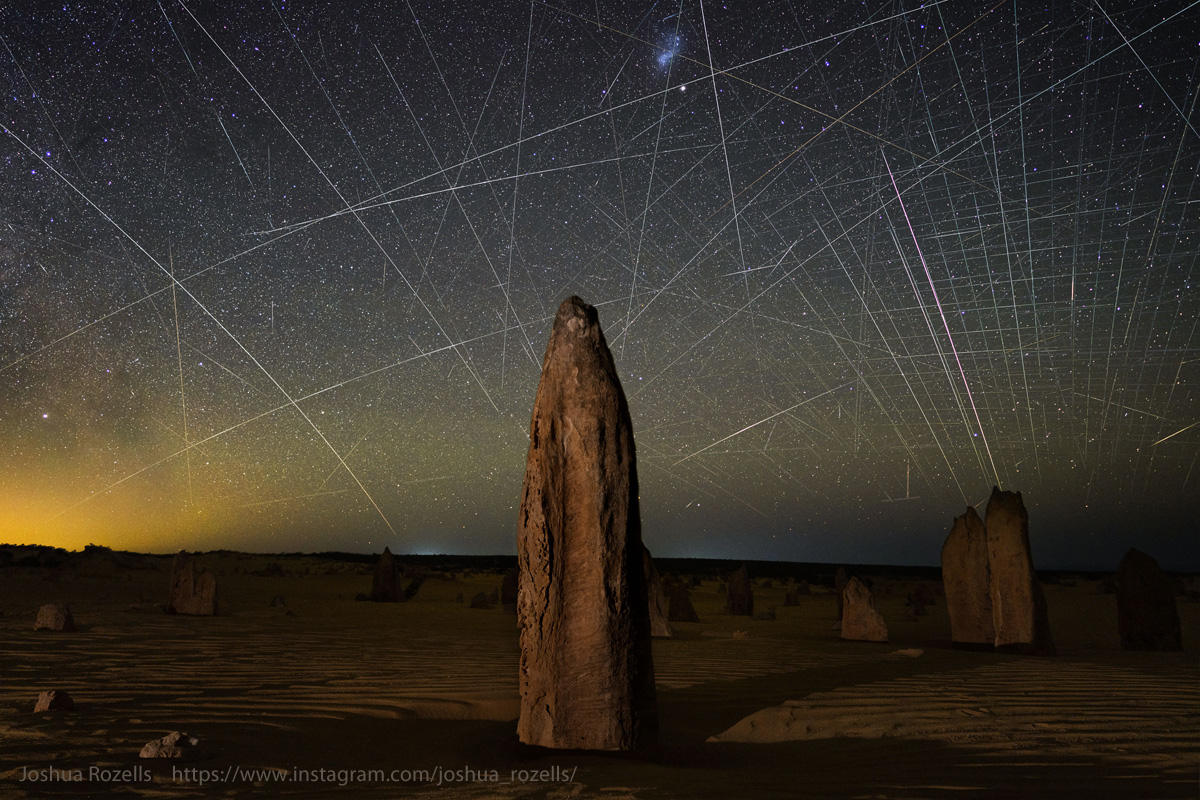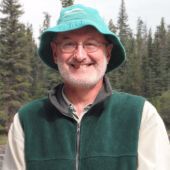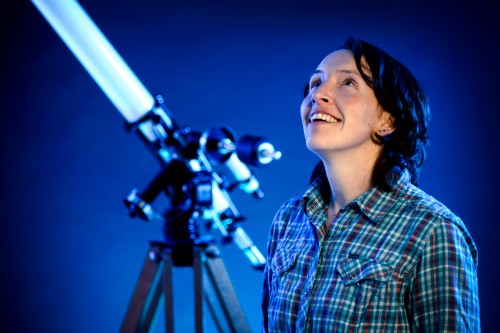Space Exploration Symposium 2022

November 21–22, 2022
ETLC Solarium, University of Alberta
This year we had sessions on Space Science and Exploration, and Space Medicine and Ethics. Our keynote speakers were Robert Smith from the Department of History, University of Alberta and Samantha Lawler from the Department of Physics, University of Regina.
Schedule
Monday, November 21
Location: ETLC Solarium, University of Alberta
| 13:00 |
Welcome |
WATCH NOW | Chris Herd |
| 13:05 |
Final Assembly and Testing of the Ex-Alta 2, AuroraSat, and YukonSat CubeSats |
WATCH NOW | Thomas Ganley |
| 13:30 |
The AlbertaSat Cleanroom: Design, Life Cycle, and Lessons Learned |
WATCH NOW | Alex Leaf |
| 13:50 |
Stratospheric X-Ray Radiation Measurement from a High Altitude Balloon |
WATCH NOW | Ben Harbarenko |
| 14:10 |
Assembling Life: How Can Life Begin on Earth and Other Habitable Planets? |
WATCH NOW | Nicolas Randazzo |
| 14:30 |
Breaking the ice on alien life - how permafrost microbiology can help us defrost the potential for life on icy moons and planets |
WATCH NOW | Bethlehem Abraham |
| 14:50 |
Anemochory and the Origins of Life: a study of aerosol to vesicle transformation |
WATCH NOW | Serge Nader |
| 15:10 |
Using Shock Metamorphism in Lunar Meteorites to find their Source Craters |
WATCH NOW | Tatiana Mijajlovic |
| 15:30 |
Northwest Africa 14340: Petrological Characterization and Shock Metamorphism of a Lunar Regolith Breccia |
WATCH NOW | Radhika Saini |
| 15:50 |
The El Ali Meteorite: Ancient History and New Minerals |
WATCH NOW | Chris Herd |
| 16:10 |
Kephri project - mining astroid Bennu |
WATCH NOW | Gowtham Boyala |
| 16:30 | Break | ||
| 17:00 |
|
||
| 18:00 | Close | ||
Tuesday, November 22
Location: ETLC Solarium, University of Alberta
| 14:00 | The Story of the University of Alberta's First Sounding Rocket, RINGO |
WATCH NOW |
Ryan Tan |
| 14:20 | Wyvern: Where we are on our journey to space | WATCH NOW | Christopher Robson |
| 14:40 | Leveraging bioengineered cartilage models and simulated spaceflight microgravity to probe knee osteoarthritis |
WATCH NOW | Adetola Adesida |
| 15:00 | Short-Term Response of Human Meniscus Models to Simulated Microgravity | WATCH NOW | Zhiyao (Hilda) Ma |
| 15:20 | Break | ||
| 15:30 | Space Ethics & Climate Change | WATCH PT1 WATCH PT2 |
Travis Dumsday |
| 16:00 | Space Ethics In Pop Culture | WATCH NOW | Bill Anderson |
| 16:30 | Break | ||
| 17:00 |
|
||
| 18:00 | Roundtable discussion |
WATCH PT1 WATCH PT2 |
Samantha Lawler Michael Byers Bill Anderson |
| 19:00 | Close | ||
Keynote speakers
Dr Robert Smith
Department of History, University of Alberta
Robert Smith is a Professor of History at the University of Alberta. He has written extensively on the history of nineteenth, twentieth, and twenty-first century astronomy, and his books include The Expanding Universe: Astronomy’s `Great Debate’ 1900-1931, The Space Telescope: A Study of NASA, Science, Technology, and Politics and Hubble Cosmos (co-authored with David DeVorkin.). More recently, he was an editor of and contributor to Neptune: From Grand Discovery to a World Revealed (2021). He has been a Fellow of the National Humanities Center and has held the Lindbergh Chair of Aerospace History at the Smithsonian Institution’s National Air and Space Museum. In 2020, he was awarded the American Astronomical Society’s Doggett Prize for Historical Astronomy. At the University of Alberta he has been a McCalla Professor and a Killam Annual Professor, and he was awarded the Faculty of Arts Award for Research Excellence in 2016 and for Undergraduate Teaching in 2020. He has been the official historian for the James Webb Space Telescope since 2002.
Dr Samantha Lawler
Department of Physics, University of Regina
Samantha Lawler is a professor of astronomy at Campion College and the Department of Physics at the University of Regina. She is an orbital dynamicist, studying the Kuiper Belt and exoplanet-dust disk systems. She is deeply concerned about the proliferation of satellite streaks that she's seen in her research images from large telescopes, and the satellite light pollution she's seen with her own eyes in the night sky from her farm outside Regina, Saskatchewan. Her research on discoveries in the Kuiper Belt and predictions for satellite pollution has been featured by CNN, CBC, NPR, Scientific American, The New York Times, The Los Angeles Times, Wired Magazine, and many other international news outlets.
 The James Webb Space Telescope: Some Key Moments in its History
The James Webb Space Telescope: Some Key Moments in its History Safe, dark, clean use of orbit: Guidelines I wish Starlink and other satcons would follow
Safe, dark, clean use of orbit: Guidelines I wish Starlink and other satcons would follow